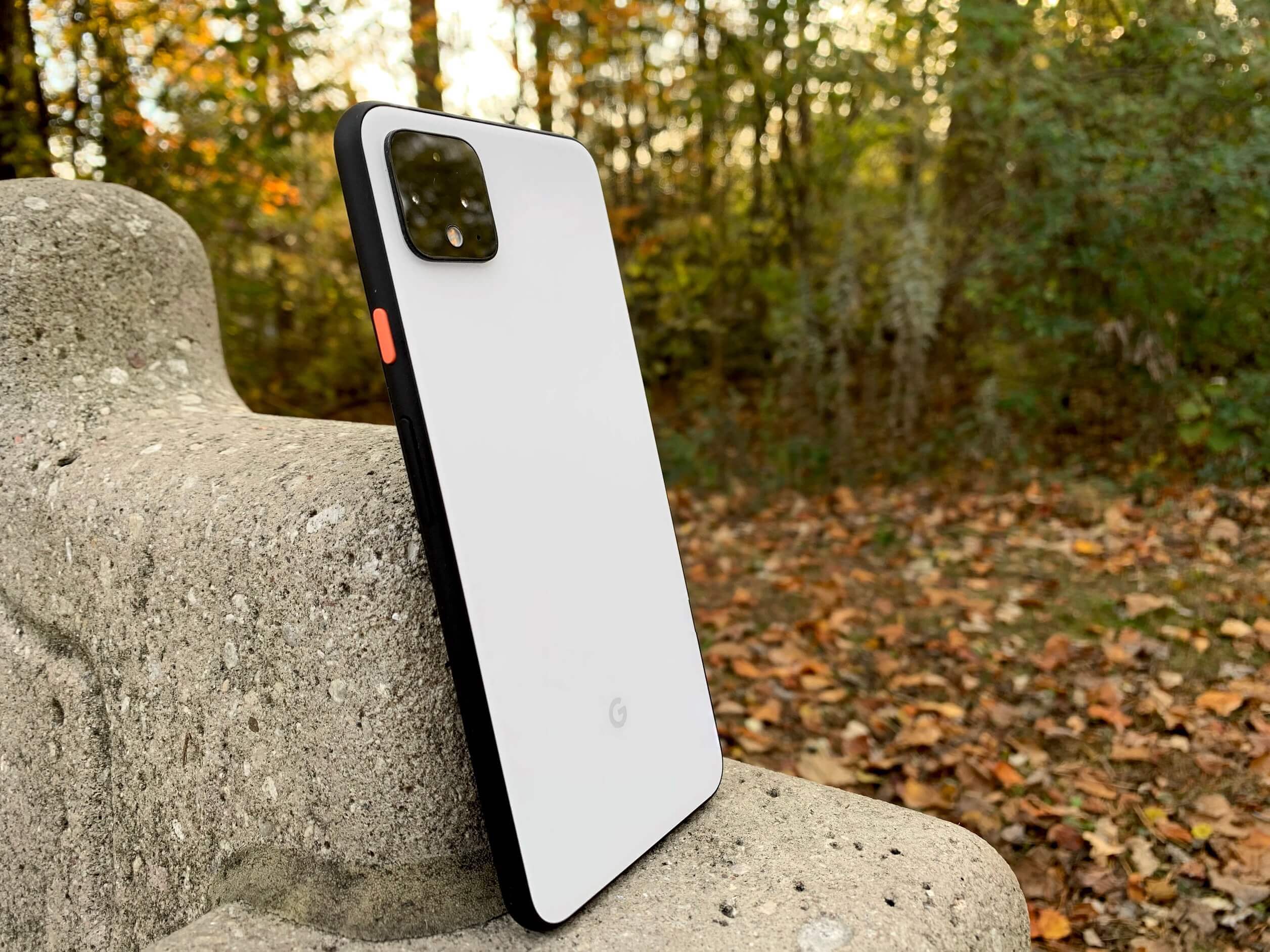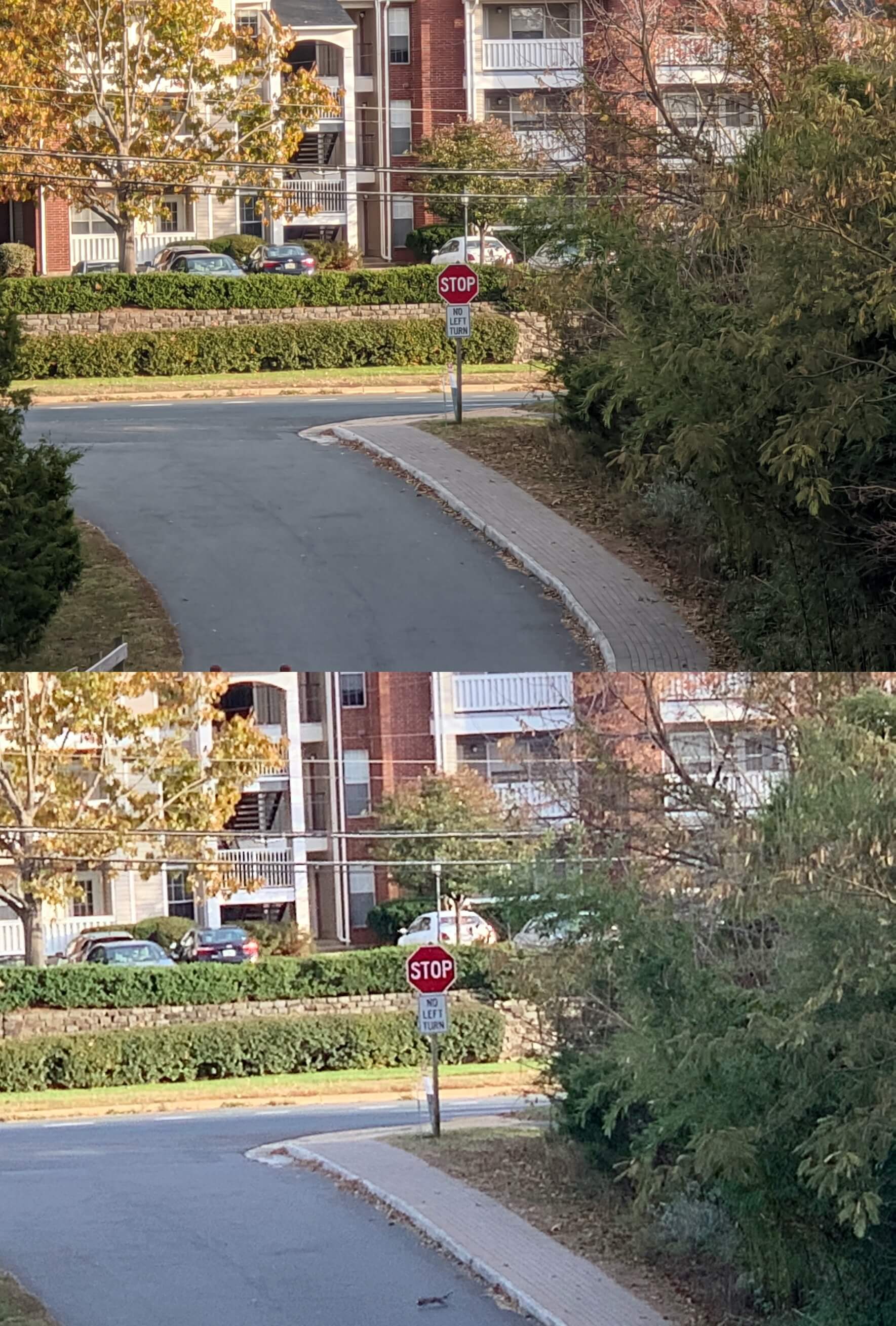In a nutshell: The Pixel 4 XL is an excellent smartphone for those who love stock Android, but its high price relative to direct competitors could make it less attractive to a lot of people.
I've been an iPhone owner since 2012. I have owned an iPhone 5, iPhone 6, iPhone 6S Plus, and iPhone X. My primary reasons for sticking with Apple were the general ease of use, yearly updates, iMessage and FaceTime. However, I've always been a fan of Android.
Before moving into the world of Apple, I had an HTC Evo 4G and I was into rooting and installing CyanogenMod. I've had a chance to use several Samsung devices including the Galaxy S9, S10, Note 9, and Note 10. However, the Pixel family had piqued my interest ever since Google unveiled the first model in the series in 2016.
Every year, I became more interested as Google showed off their machine learning prowess and the ability to take better photos than other flagships using just one lens. While I enjoyed Apple's ecosystem, I started to miss the flexibility of Android and the Pixel seemed to offer the most "iPhone-like" experience of any of the Android phones.
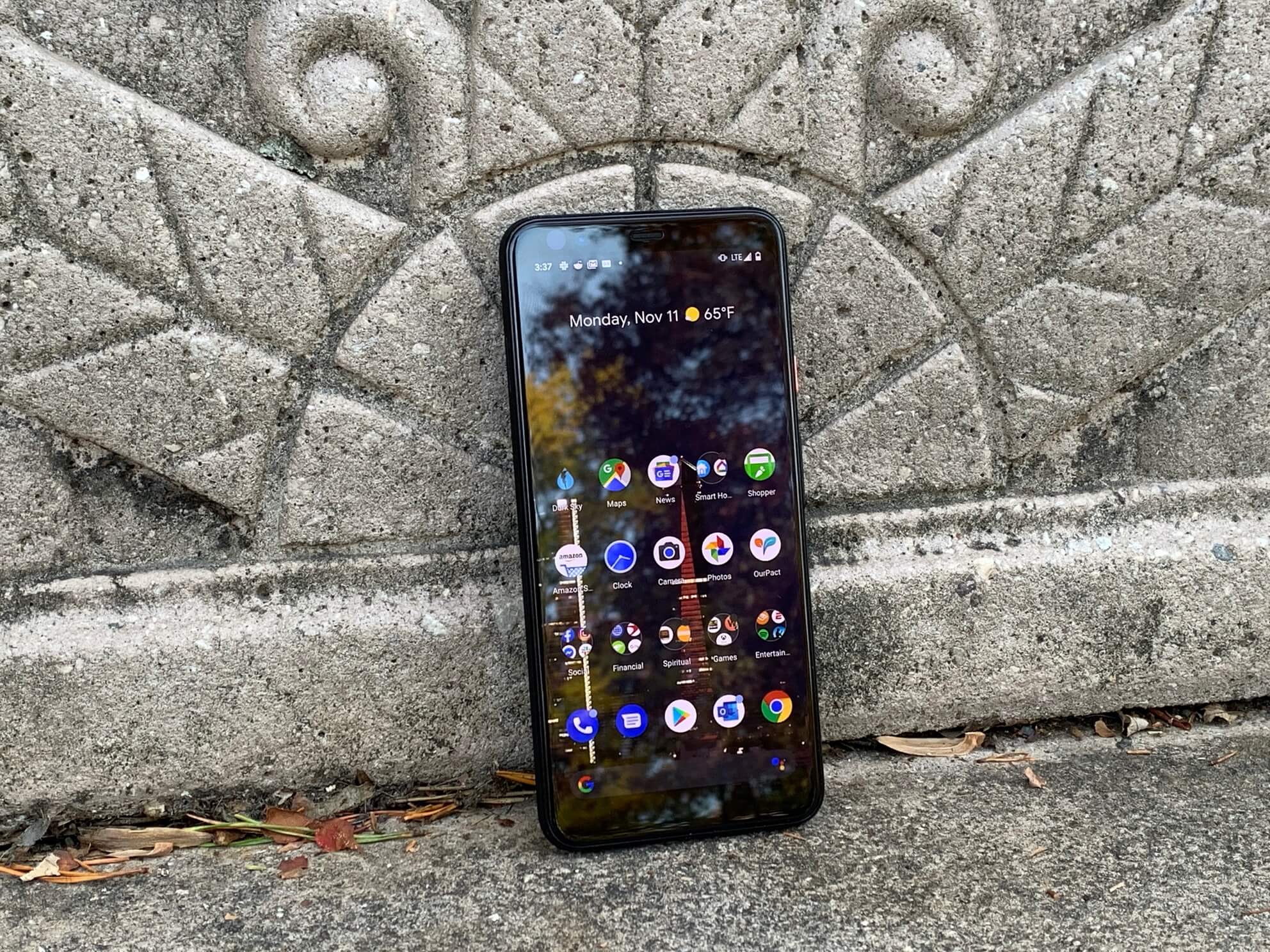
Once the Pixel 4 came out, I decided that it was time to escape Apple's grasp and see what it was like to use Android as my daily driver again after many years.
Welcome to the team, always a party on #teampixel
--- Made by Google (@madebygoogle) October 22, 2019
Many tech media outlets and YouTubers have already posted their Pixel 4 reviews. However, I would argue that many of them didn't use it as long as I have before making a review. I've been using my Pixel 4 XL handset full-time for nearly a month now. Since most of you are already familiar with the Pixel 4, I'll simply detail my experience that may or may not line up with other reviewers. I purchased the phone outright with my own money (no review sample). Configuration is as follows:
- Model: Pixel 4 XL (Clearly White)
- Screen: 6.3" Quad HD+ OLED with 90Hz refresh rate
- CPU: Snapdragon 855
- RAM: 6GB
- Storage: 64GB
- Battery: 3,700 mAh
- Cameras: 8MP (front), Dual 16MP/12.2MP (rear)
- OS: Android 10
- Price: $899
Design
I'm going to be the weirdo that says that I really like the design of the Pixel 4 XL. I've heard many complaints about the larger forehead on the front but it doesn't really bother me. I'd much rather have the slightly larger forehead than the ugly notch of the Pixel 3 XL. Fortunately, there's a very good reason for that forehead (more on that in a bit).
The back is like a matte glass that's surprisingly grippy. Stick with the Clearly White or 'Oh So Orange' versions if you want the matte glass. The Just Black version has the traditional glossy back that's way more slippery. The overall feel is nice and I like the little Googly touches such as the orange power button.
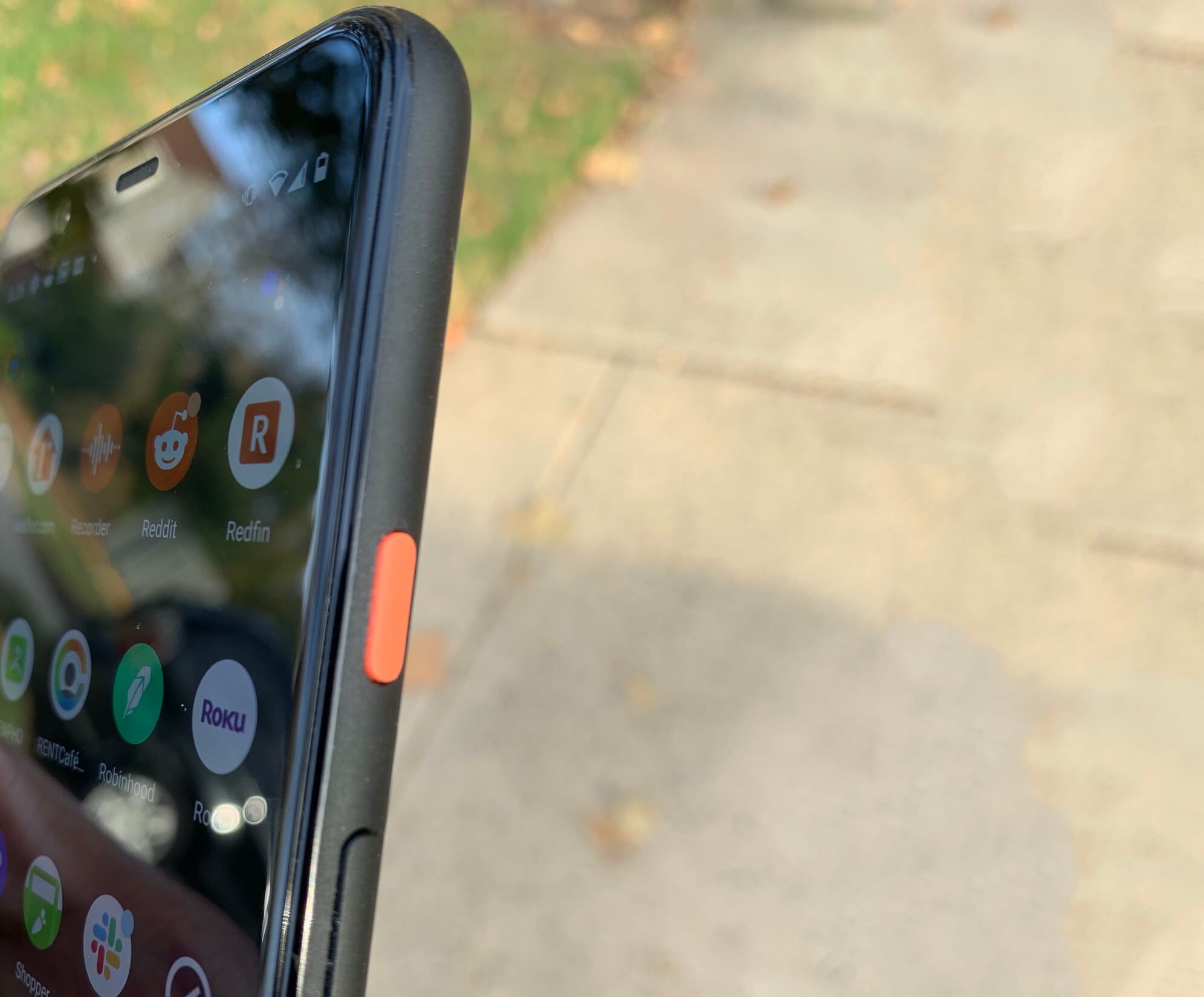
The Pixel 4 XL has a clean design that will stand out without looking obnoxious. I personally prefer the blacked out camera module of the Pixel 4 XL to the trypophobia-inducing camera module on the iPhone 11 Pro. The screen is also pretty great although it could stand to get brighter. I'm also of the opinion that 1440p is probably the maximum resolution that should be on a smartphone.
Performance and Android 10
This is one metric that didn't surprise me for the most part. Most high-end Android phones these days are plenty powerful and speedy. The Pixel 4 XL more so considering it runs a clean build of Android 10.
To be honest, the general performance and snappiness of Android 10 on the Pixel 4 XL is about the same as an iPhone in my experience. I had access to an iPhone XS Max while testing the Pixel, so I was able to do direct comparisons. Multi-tasking was seamless, applications launched quickly, and general performance overall is nothing short of excellent. It also helped that the phone has a 90Hz refresh rate that makes things buttery smooth. That said, the 90Hz isn't always on. Google's "smooth display" only kicks in at higher brightness levels. The company said that it would release an update to "fix" the problem.
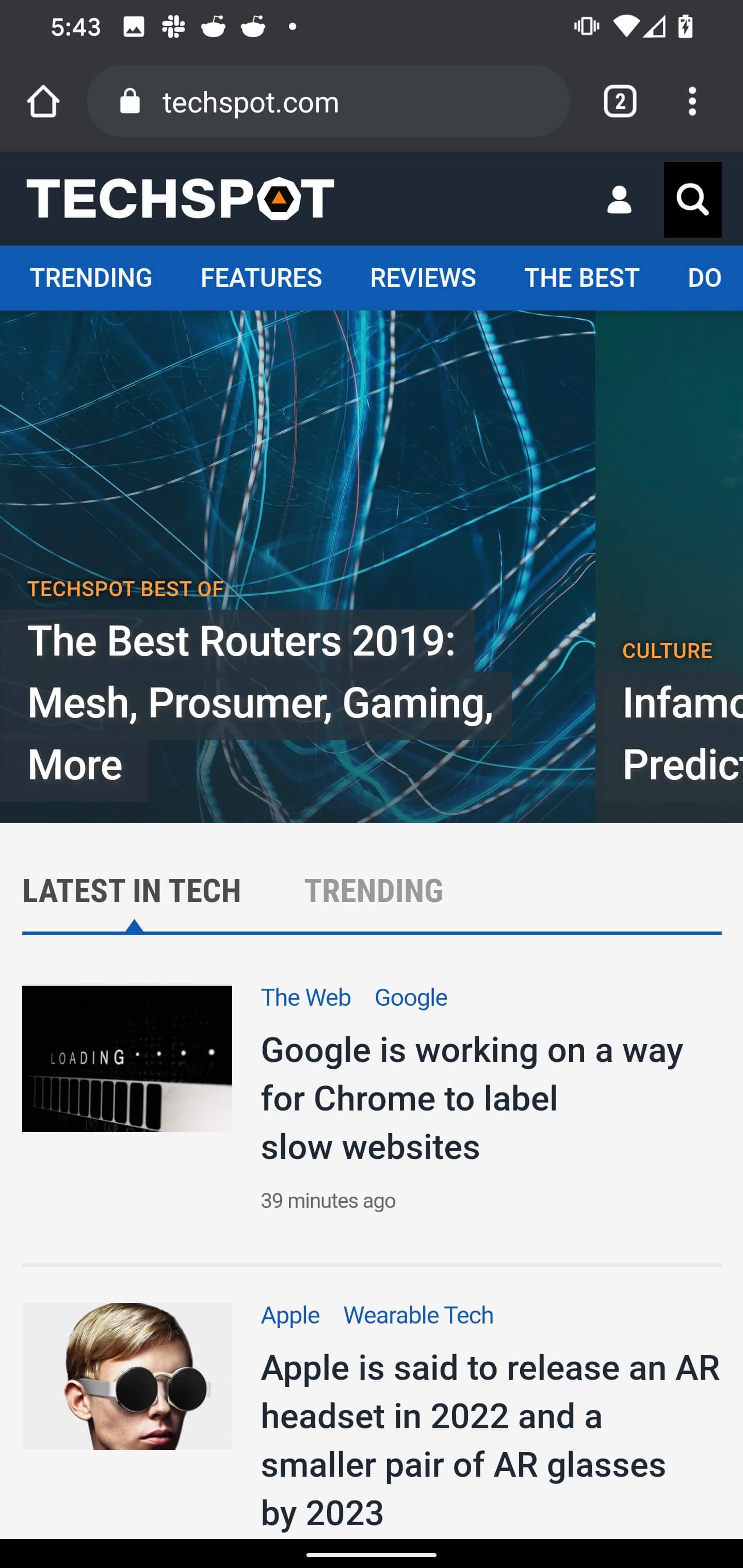
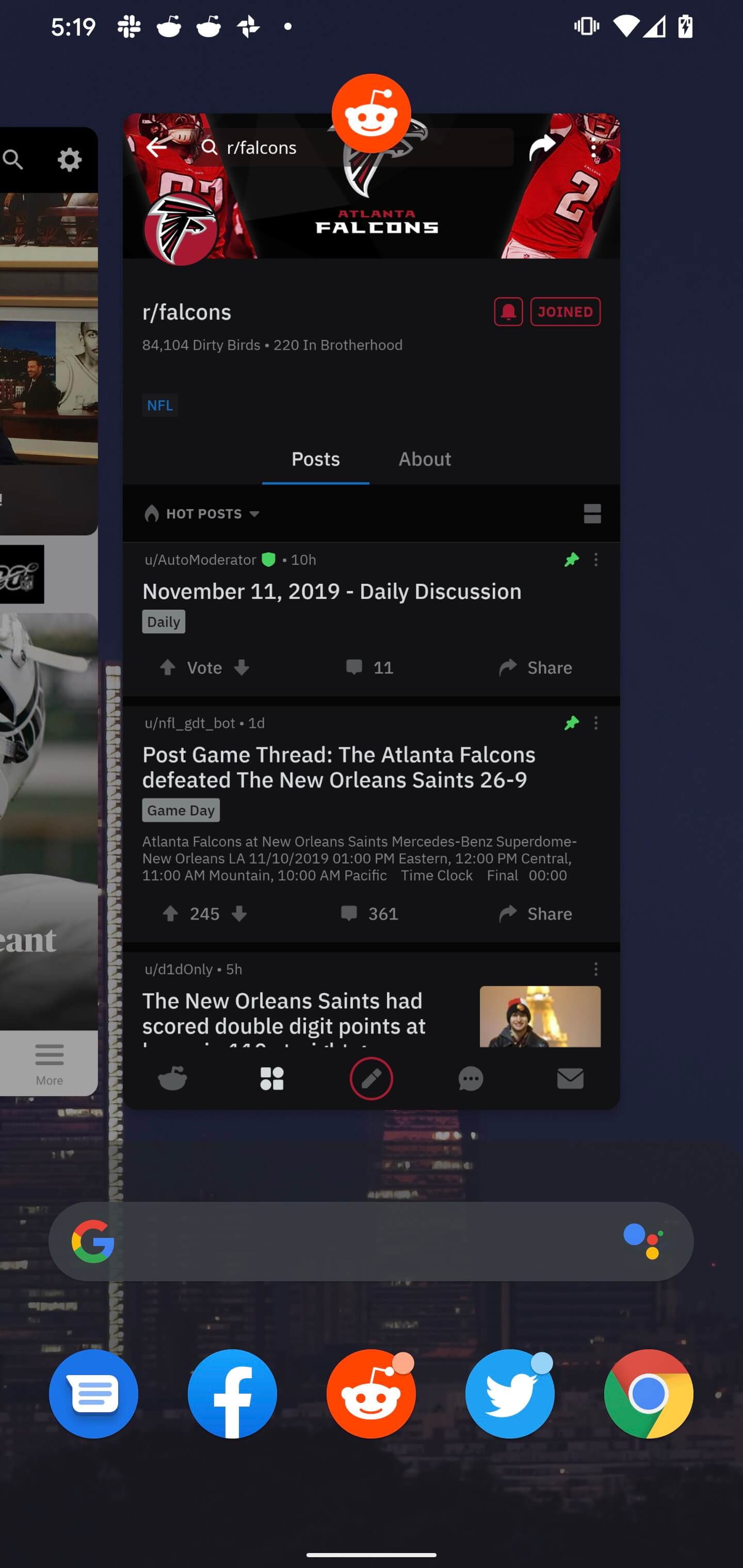
One of Android 10's stand out features is the full gesture navigation system that's eerily similar to iOS. It's so similar that I started using the Pixel 4 XL out of sheer muscle memory from using my iPhone X for two years. Perhaps that's what Google was counting on but it works quite well for the most part. The multitasking animations are a bit smoother on iOS but otherwise the gestures are fine. I've seen some reviewers lament how the gesture to go back can sometimes interfere with the gesture to get to side menus like with Gmail. I haven't necessarily ran into those issues but I can see why they'd be frustrating.
One of the headline features of Android 10 is Live Caption. Which, as the name implies, provides visible captions for any video playing, even if the sound is muted. I found the feature ro work quite well. Google also has a handy Recorder app that not only records your voice but transcribes the entire thing. You can search through the transcription for certain words and phrases, a feature certainly useful in educational environments.
While this isn't a comprehensive Android 10 review, I will say that I haven't really missed iOS at all. Android is a modern, mature mobile operating system that allows me to do much more than I could within Apple's walled garden. For example, as a networking guy, I like being able to see all the geeky network and channel statistics for my home Wi-Fi network to avoid interference with neighboring Wi-Fi networks. Apple doesn't allow you to see that information while Android does.
While Apple has come a long way in how users can control notifications, Android is still king when it comes to managing notifications. Android 10 added the ability to control when and where apps notify you, including being able to mark some notifications as "Silent". The sheer number of notification options could overwhelm some but I appreciate the thoroughness.
Oh and being able to simply make certain apps as default is a godsend.
Transitioning from iOS to Android
As much as I enjoyed the Apple ecosystem, that was mainly on the hardware side. I've owned several MacBooks and currently own an iPad Air 2. Most of my family and friends have Apple devices, so iMessage and FaceTime were very helpful. However, I normally use third party services instead of Apple's service. I use Spotify instead of Apple Music, Outlook instead of Apple Mail, Google Maps instead of Apple Maps, and the Google Assistant is far more useful than Siri. That made the switch to Android a lot more seamless for me but may pose a bigger barrier for other users.
In general, iOS versions of apps tend to be a bit more polished than the Android app. I've had a bit more issues with the Instacart Android application than the iOS version. That said, I haven't really had any issues with the Android apps that I use regularly.
Face Unlock and Motion Sense
Also like iPhone, the Pixel 4 also has Face Unlock that basically works the same as iPhone's Face ID including the process of scanning your face by rotating your head around in a circle. The good news is that Google's Face Unlock is super fast. By the time I pick my phone up and raise it to my face, it's already unlocked. The default is to bypass the lock screen entirely but that setting can be changed for those who prefer to scroll through notifications without unlocking the phone completely. The bad news is that as of writing, Face Unlock also works even if your eyes are closed. That's definitely a security issue that Google also says will be fixed in a security update.
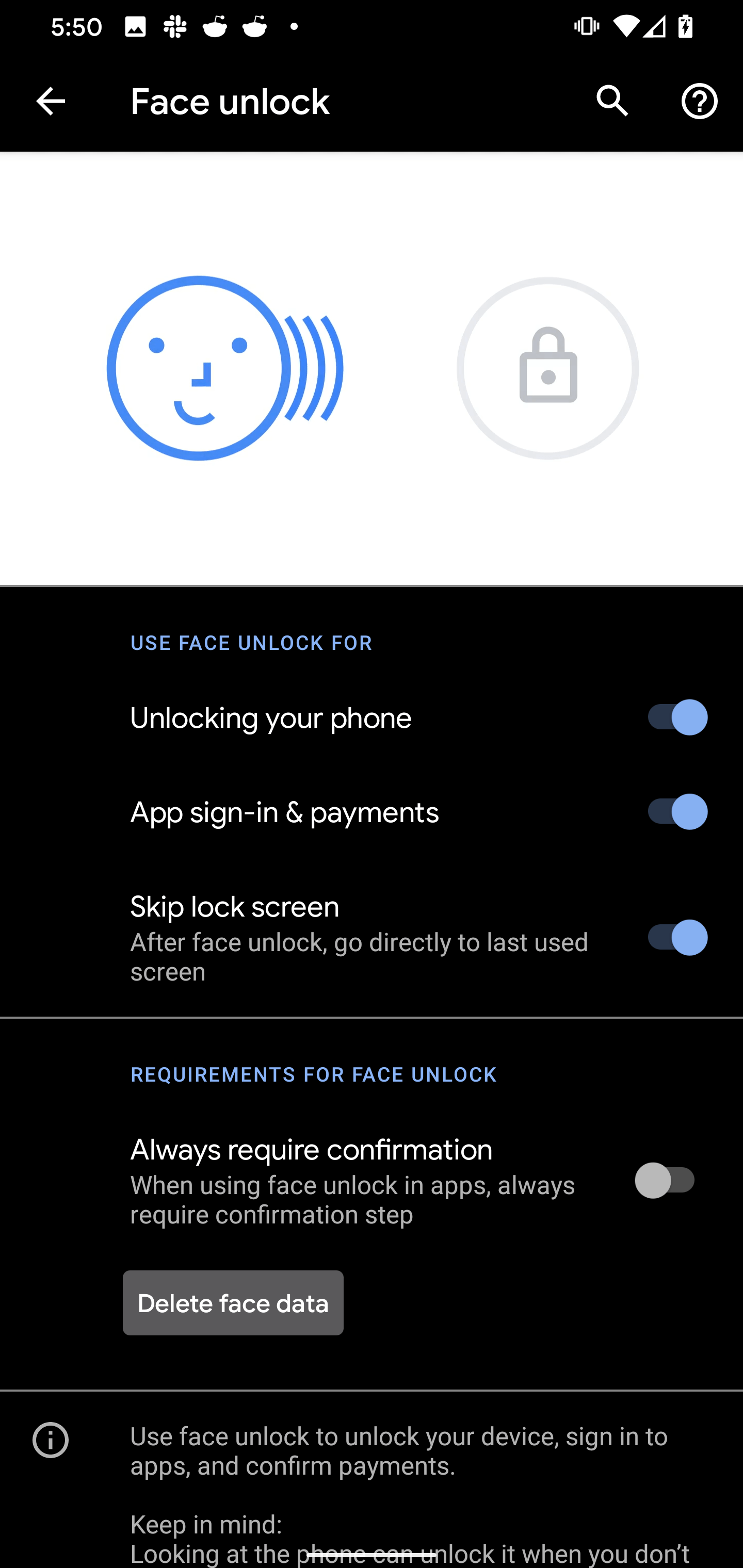
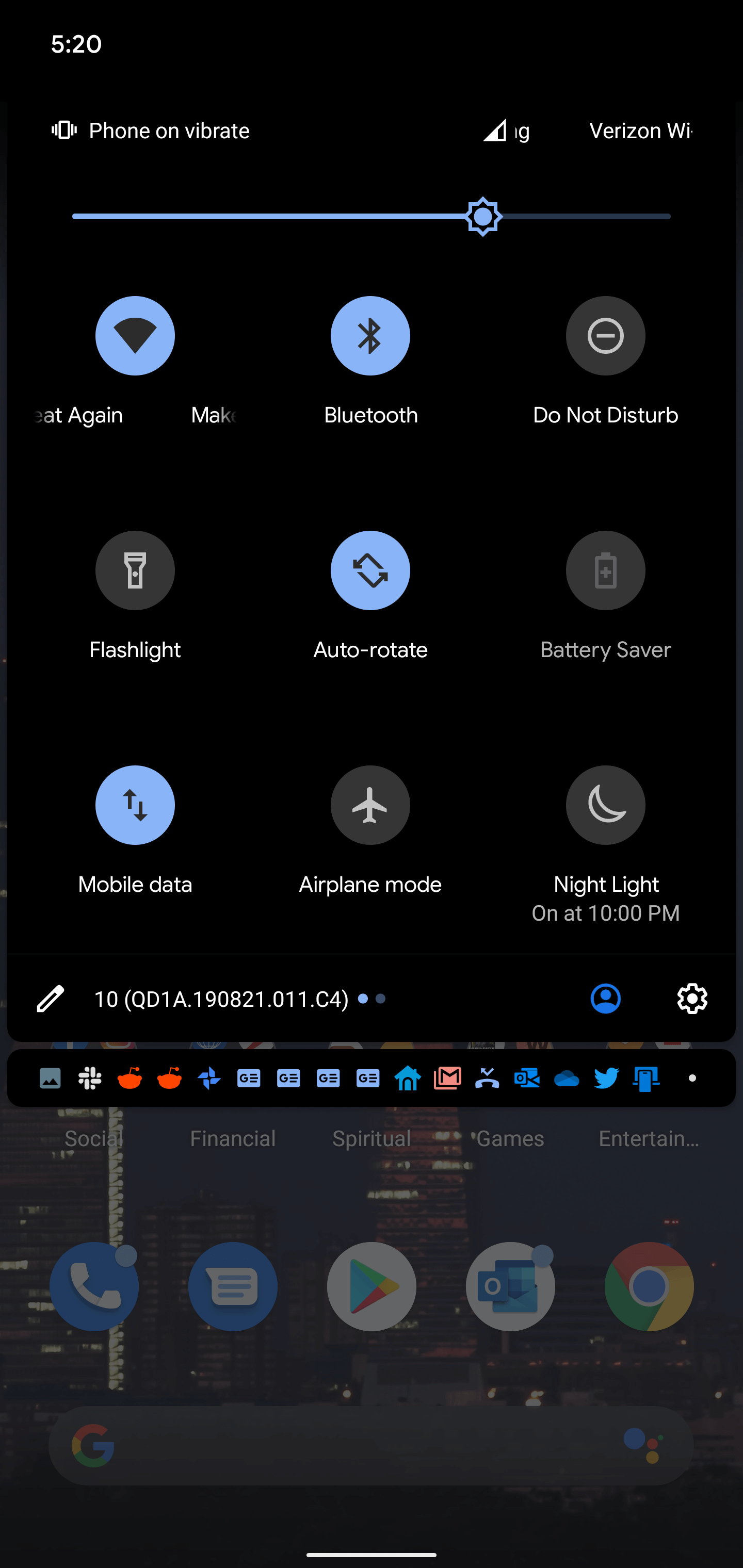
Motion Sense, previously known as Project Soli, uses radar to detect hand gestures. Motion Sense is probably one of the more controversial aspects of the Pixel 4 based on current sentiment. Some people see it as a gimmick while others think it has potential.
In its current iteration, you can use Motion Sense to silence alarms, reject incoming phone calls, and skip songs. For the most part this works as intended although there was somewhat of a learning curve to make sure I did the gestures correctly. There is a subtle white glow at the top of the screen that lets you know when Motion Sense is active. I use my phone on a car mount while I'm driving so being able to use my phone without having to look at the screen for input is convenient and safe. That said, I can understand why some people would label this a cheap gimmick.
Samsung tried something similar with the Galaxy S5, while LG attempted it with its more recent G8, both to varying degrees of success. I'll point you to a very informative YouTube video by Juan Carlos Bagnell who details the problems with past iterations with air gestures. I do, however, share his view that while Google's implementation using radar is simplistic, it's also the most accurate and could very well see greater use in the future.
Battery Life
Battery capacity in the new Pixel 4 line has been controversial. While the Pixel 4 XL has a respectable 3,700 mAh battery, the smaller Pixel 4 has a rather anemic 2,800 mAh. Many reviewers commented that they could barely get through a day with moderate to heavy use with the smaller Pixel 4.
When phones like the OnePlus 7 Pro are boasting massive batteries and longevity up to several days, it's disappointing that Google would choose to put smaller batteries in their flagship phones. Personally, I have not had any battery life issues but then again I'm almost always near a charger and I'm willing to bet the average consumer is as well.
While that is no excuse, if you always have a charger available then battery life will probably not be an issue. Still, if you want some barometer of what kind of battery life to expect: I work as an Instacart in-store shopper on the side. This past Saturday, I worked a six-hour shift and my phone was off the charger the entire time. I started my shift at 100% battery life and ended it with about 70% left. That's with Wi-Fi, Bluetooth, and GPS on and constantly using the camera to scan items. I also watched a few YouTube videos, browsed social media, and played Words with Friends during my break. Losing about 30% battery in six hours during constant use doesn't seem that bad to me, although I do have the XL model with the larger battery. I will say that if battery life is important to you, get the Pixel 4 XL.
Photography
I'm not a photography expert, so take my opinion as you will. However, I do believe that the Pixel 4 continues Google's excellence with computational photography. Pictures I took during a walk through a park were crisp and color accurate.
I'll pause here to mention that much has been made of the iPhone 11 Pro's triple cameras. Apple has improved their cameras so much that many have declared the iPhone 11 Pro as the best smartphone camera bar none. Indeed, photos from the iPhone 11 Pro certainly rival the Pixel 4 and video in particular is still much better on the iPhone. In the end it comes down to personal preference. I tend to prefer the Pixel's photos because of the high level of detail and cooler temperatures.
Many tech enthusiasts are upset about not including an ultra-wide camera in the rear. Many companies are adding them and there's debate as to whether or not it's more useful than a telephoto lens.
Google is squarely in the latter camp as they said they considered telephoto to be more useful during the 'Made by Google' keynote. While I believe that is matter of opinion, the Pixel 4 XL's "super-res" digital zoom does an excellent job making far away objects a lot clearer.
You can see in this side by side shot with an iPhone XS Max (bottom) just how much clearer the Pixel 4 XL (top) is in comparison.
One month later...
This is the part where I'm supposed to say whether or not you should buy the phone, right? I'm going to give the totally unsatisfying answer of: it depends. Smartphones have finally reached a point of maturity. Most of the high-end phones have great hardware, great cameras, and a good to great software experience.
The question really boils down to what do you like in a smartphone. If you're like me and you prefer a clean build of Android, yearly OS and security updates, and the best Google has to offer then get the Pixel 4.

However, Samsung's Galaxy Note 10 is probably one of the most feature-packed and versatile phones in the market. Despite the dubious "Pro" moniker, Apple's flagship iPhone 11 Pro is an excellent and polished phone in every way that's sure to please most people. OnePlus still has the best price to performance in a phone with the 7 Pro and 7T that's hard to ignore. That last part is important though as many reviewers have said that the Pixel 4 and 4 XL are not worth their asking price given the competition.
The iPhone 11 (former XR model) starts at $699 and includes everything the Pro model has save for the third camera and much better screen. Meanwhile, the base Pixel 4 starts $100 more than the iPhone 11. The OnePlus 7 Pro has a Snapdragon 855, up to 12GB of RAM, 128GB of storage, and a massive 4,000 mAh battery for $649. Obviously, there are other factors to consider such as the camera, but Google's going to have to ensure that their products stand out.
The Pixel 3a proved that consumers seem to value price to performance more than shiny, yet experimental features. The Pixel 4 XL is an excellent smartphone and worthy of consideration although it may also be worth it to wait for a Black Friday deal to snag one.
